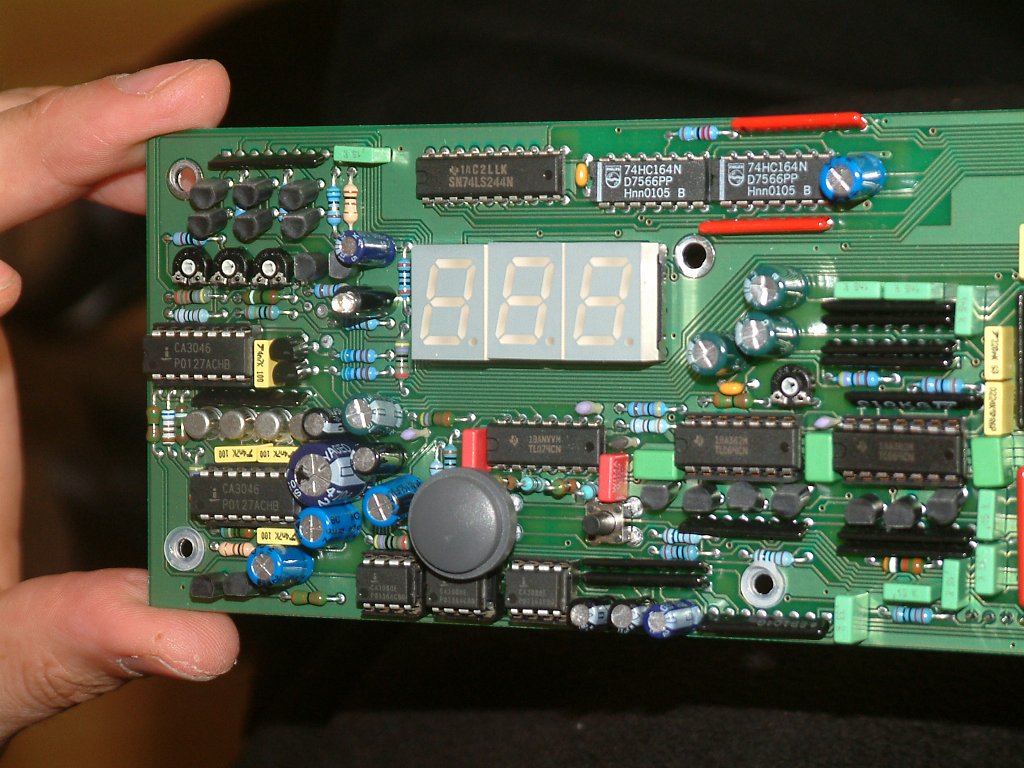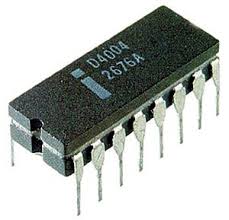First Generation Technologies...
1G (or 1-G) refers to the first generation of technology (mobile telecommunications). These are the analog telecommunications standards that were introduced in the 1980s and continued until being replaced by 2G technologies. The main difference between the two technologies is that the radio signals used by 1G networks are analog, while 2G networks are digital.
The computers of first generation used vacuum tubes as the basic components for memory and circuitry for CPU (Central Processing Unit). These tubes, like electric bulbs, produced a lot of heat and were prone to frequent fusing of the installations, therefore, were very expensive and could be afforded only by very large organisations. In this generation mainly batch processing operating system were used. Punched cards, paper tape, and magnetic tape were used as input and output devices. The computers in this generation used machine code as programming language.
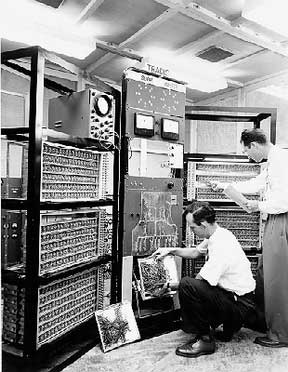 |
FIRST GENERATION TECHNOLOGY....
Second Generation technologies...
The period of second generation was 1959-1965. In this generation transistors were used that were cheaper, consumed less power, more compact in size, more reliable and faster than the first generation machines made of vacuum tubes. In this generation, magnetic cores were used as primary memory and magnetic tape and magnetic disks as secondary storage devices. In this generation assembly language and high-level programming languages like FORTRAN, COBOL were used. The computers used batch processing and multiprogramming operating system.
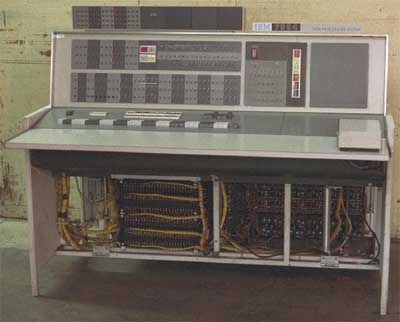
Third Generation Technologies...
The computers of third generation used integrated circuits (IC's) in place of transistors. A single IC has many transistors, resistors and capacitors along with the associated circuitry. The IC was invented by Jack Kilby. This development made computers smaller in size, reliable and efficient. In this generation remote processing, time-sharing, multi-programming operating system were used. High-level languages (FORTRAN-II TO IV, COBOL, PASCAL PL/1, BASIC, ALGOL-68 etc.) were used during this generation.
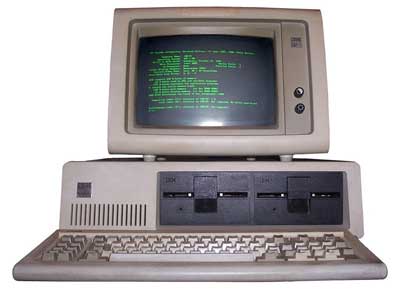
Fourth Generation Technologies...
The period of fourth generation was 1971-1980. The computers of fourth generation used Very Large Scale Integrated (VLSI) circuits. VLSI circuits having about 5000 transistors and other circuit elements and their associated circuits on a single chip made it possible to have microcomputers of fourth generation. Fourth generation computers became more powerful, compact, reliable, and affordable. As a result, it gave rise to personal computer (PC) revolution. In this generation time sharing, real time, networks, distributed operating system were used. All the high-level languages like C, C++, DBASE etc., were used in this generation.
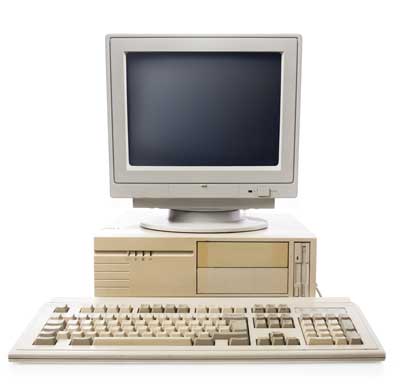
Fifth Generation Technologies...
In the fifth generation, the VLSI technology became ULSI (Ultra Large Scale Integration) technology, resulting in the production of microprocessor chips having ten million electronic components. This generation is based on parallel processing hardware and AI (Artificial Intelligence) software. AI is an emerging branch in computer science, which interprets means and method of making computers think like human beings. All the high-level languages like C and C++, Java, .Net etc., are used in this generation.

First Generation Hardware...
The First Generation, 1946-59: Vacuum Tubes, Relays, Mercury Delay Lines: – ENIAC (Electronic Numerical Integrator and Computer): First electronic computer, 18000 vacuum tubes, 1500 relays, 5000 additions/sec. – First stored program computer: EDSAC (Electronic Delay Storage Automatic Calculator).
Second Generation Hardware...
The Second Generation, 1959-64: Discrete Transistors.
Third Generation Hardware...The Third Generation, 1964-75: Small and Medium-Scale Integrated (MSI) Circuits.
Fourth Generation Hardware...
The Fourth Generation, 1975-Present: The Microcomputer. VLSI-based Microprocessors.
Fifth Generation Hardware...
The Fifth Generation Computer: The use of parallel processing and superconductors is helping to make artificial intelligence a reality.
First Generation Software...
The earliest computers were based on vacuum tube technology and hardware design was in its infancy. The only way to program these computers was to enter the machine language instructions directly into the hardware.
Second Generation Software...
Some improvements were made during the 1950s with the development of assembly languages. Early software pioneers, such as Grace Hopper, realized that they could write programs in a type of programming short-hand and then have the computer translate this short-hand notation into machine code. The advantages of Assembly Languages included:
Third Generation Software...
By the late 50s and early 60s, the computer industry was in full production. Many large and medium businesses as well as most universities and government departments were installing computers. Along with this boom came a crucial period often called the Software Crisis. While advances had been made in writing software such as assemblers, every computer system still required custom written software. There simply were not enough programmers and time to do it all.
Fourth Generation Software...
Fifth Generation Software...
Connected closely with Artificial Intelligence research and expert systems.
|
